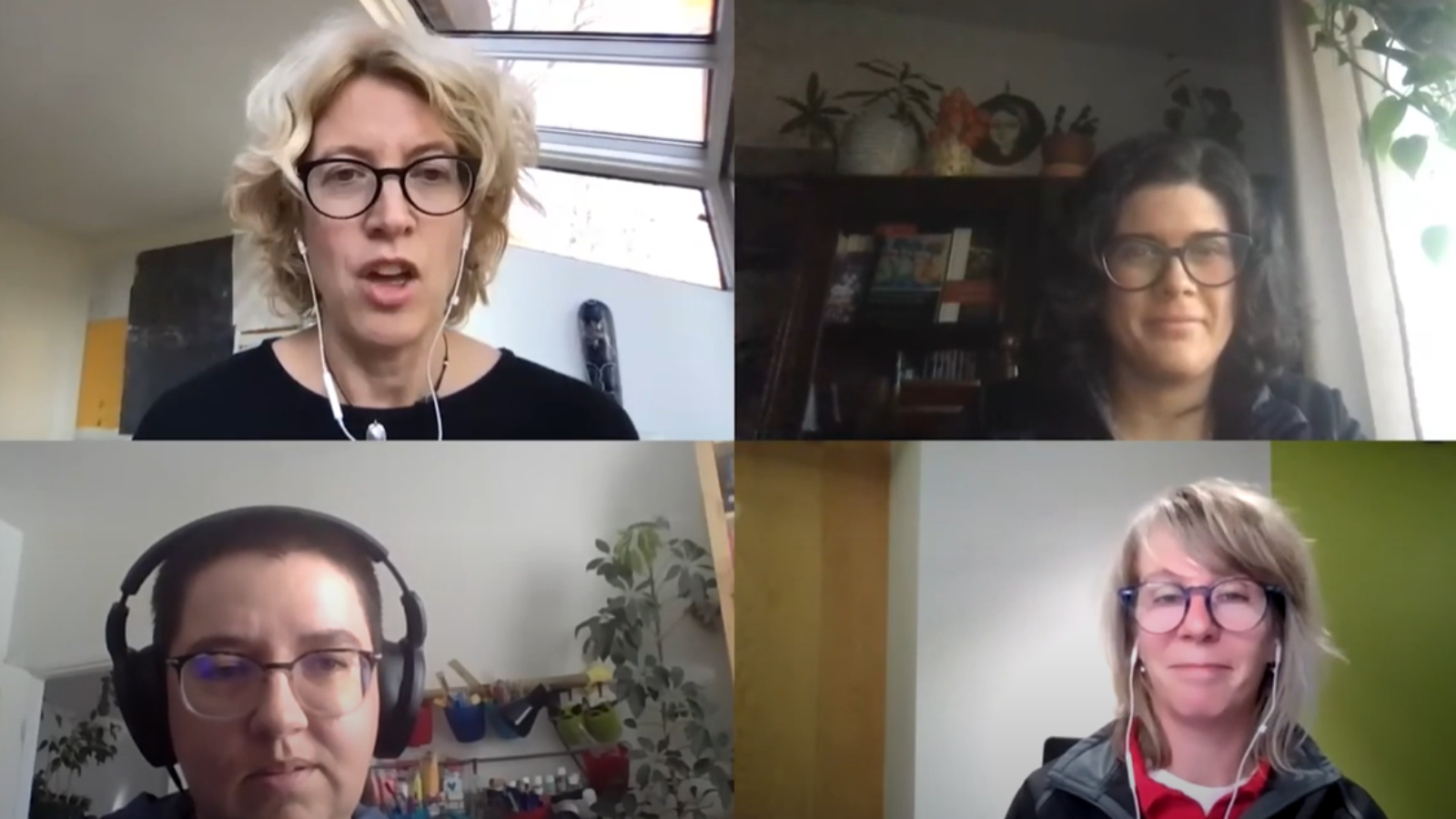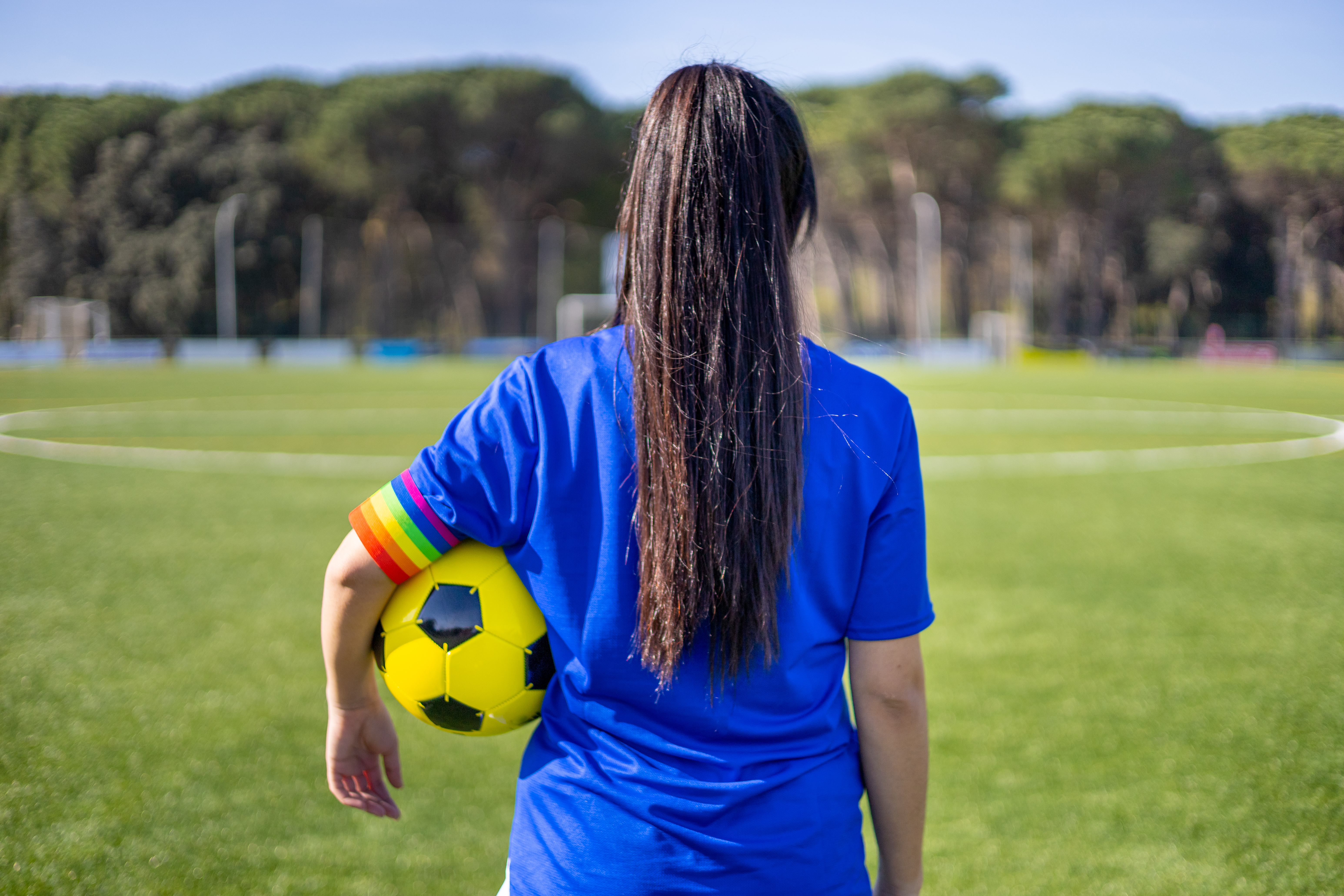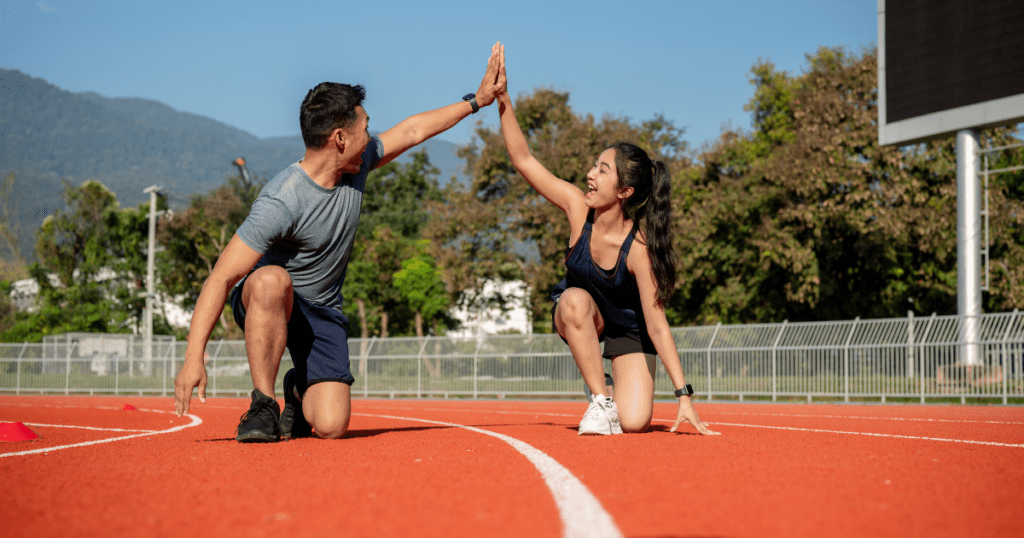- Home
- /
- Resources
- /
- Inclusion
- /
- Gender Equity
Gender Equity
Gender equity in sport refers to creating inclusive and welcoming sport environments for all genders. Our resources offer the latest research and insights related to creating participation opportunities for underrepresented genders.
Search Gender Equity Resources
Top 10 resources
- Key Considerations to Promote the Inclusion of Women, Girls and 2SLGBTQI+ Athletes
- Resources and Training to Support the Inclusion of Women, Girls and 2SLGBTQI+ Athletes in Sport
- Organizations Leading the Way to Support the Inclusion of Women, Girls and 2SLGBTQI+ Individuals in Sport
- SIRC Article: Understanding the Capacity of National Sport Organizations (NSOs) for Gender Equity: Recommendations for NSO Leaders and Policy Directors
- SCRI Panel: Equality, Diversity and Inclusive Practices in Sport Organizations
- Working Group on Gender Equity in Sport
- Rally Report 2022: A Call For Better, Safer Sport for Girls
- What the Research Says About Mom’s Participation in Physical Activity and Sport
- Promoting Gender Equity through Sport
- The Leading Edge: Good Practices for Creating Gender-Equitable Boards in Sport

Featured resource
Sport Information Resource Centre

Featured resource
Hayley Baker

Featured resource
Laval University, Concordia University, and SIRC

Featured resource
SIRC and Canadian Women & Sport

Featured resource
SIRC and Canadian Women & Sport
Quick Facts
What is gender equity in sport, and why is it important?
Gender equity in sport means ensuring fair treatment and opportunities for all genders. It it crucial because it promotes inclusivity, fights discrimination, and allows everyone to participate and excel in sport. It means equipping those who have been disadvantaged with the appropriate resources to bring more balance into the system.
Which groups need more research and inclusion in sports to achieve gender equity?
Groups needing more research and inclusion for gender equity in sport include women, transgender, and non-binary athletes. Addressing their unique challenges and barriers is crucial for creating a truly equitable and inclusive sports environment.
What does 2SLGBTQI+ mean?
2SLGBTQI+ is the term that refers to individuals who are part of sexual and gender diverse communities. They refer to the following:
2S: Two-Spirit
L: Lesbian
G: Gay
B: Bisexual
T: Transgender
Q: Queer
I: Intersex (sex characteristics beyond sexual orientation, gender identity, and gender expression)
+ Inclusive of other individuals who may use additional terminology.
How can sport organizations move towards gender equity?
One step would be to implement minimum numbers as part of a gender-equal board. This could be done by requiring that a minimum number of the positions be held by each gender or non-binary individuals.
Have recruitment and hiring strategies are free of bias. This can be achieved by having individuals apply without indicating their gender or have hiring committees that are split equally by gender.
Create a welcoming and equitable culture by ensuring the proper policies are in place that emphasize respect and inclusion. Sport leaders should demonstrate those values so that other team members are encouraged to do the same.
Other examples of what can be done include making sure all genders are represented in promotional materials but ensuring to avoid stereotypes; making sure all genders have fair access to resources, equipment, and facilities; and ensure that gender-split programs are each getting the resources/funding that they deserve.
What are the benefits of gender equity in sport?
At the board and organizational level, it brings an increased number of perspectives, backgrounds, skills, which can improve innovation and decision-making. At the coaching and officiating level, it means more a wider pool of qualified candidates from which to recruit. At the workplace level, there are many benefits, but they can be summed up in an increased respect between coworkers and between levels within the organization. And in sport participation, it means the creation of a positive environment for all participants!
Video Resources
Sex and Gender Differences in Concussions – Reema Shafi
- SIRC and University of Toronto
- 2021
Engaging Girls and Women in Sport Mini Series – Part 3: Engaging Black Community Coaches
- SIRC, Canadian Women & Sport, Field Hockey Ontario, Mount Saint Vincent University, Girl Power'd, and University of Manitoba
- 2022
Are Sport-Related Concussions Different in Males and Females
- SIRC
- 2021
Mom’s Got Game (short version)
- SIRC
- 2021
She Leads by Sport NWT – Trailblazers and Game Changers Webinar
- Sport North Federation and SIRC
- 2022
SIRCTalks/Exposés : Dr. Nicole LaVoi on creating social change with data
- The Tucker Center for Research on Girls and Women in Sport and SIRC
- 2019
Knowledge Nuggets
knowledge nuggets
Concussion non-disclosure in women’s rugby
Disclosing concussion symptoms is crucial for proper recovery and to prevent a second impact. A study of female rugby players found that many conceal their
Disclosing concussion symptoms is crucial for proper recovery and to prevent a second impact. A study of female rugby players found that many conceal their symptoms due to concerns about work, limited awareness, and poor communication around concussion management. Recognizing these barriers can help team managers develop initiatives that encourage symptom disclosure and enhance education.
knowledge nuggets
LGBTQ+ Women in Rugby
A recent study in the women’s rugby community revealed that most LGBTQ+ women experience inclusive interactions with others. But, participants also pointed to barriers to
A recent study in the women’s rugby community revealed that most LGBTQ+ women experience inclusive interactions with others. But, participants also pointed to barriers to full inclusion, including the use of homophobic language in their environment and the persistence of harmful stereotypes. Team managers can use this insight to shape more effective EDI initiatives grounded in education and awareness.
knowledge nuggets
Menstruation and athletes
Conversations around menstruation are becoming more common in sport. According to the Empow’Her program led by France’s National Institute of Sport, Expertise, and Performance, female
Conversations around menstruation are becoming more common in sport. According to the Empow’Her program led by France’s National Institute of Sport, Expertise, and Performance, female athletes may experience menstrual soreness, cramps, digestive disorders, bloating and increased tiredness during their periods. Since symptoms are different for each person, the impact on training will vary and require an individualized approach to symptom management.
knowledge nuggets
Strategic recovery for female tennis players
An analysis of female tennis players shows that the top 100 ranked players competed in more tournaments at ages 14-15 than the top 250, while
An analysis of female tennis players shows that the top 100 ranked players competed in more tournaments at ages 14-15 than the top 250, while all players began professional events by ages 17-18. As players age, their schedules become busier. Coaches must balance competition and training with recovery time, ensuring players get adequate rest to prevent burnout and injuries.
knowledge nuggets
Postpartum return to sport
After childbirth, elite women athletes experience many challenges returning to sport, from the uncertainty of training their “new” post-partum bodies to breastfeeding while training and
After childbirth, elite women athletes experience many challenges returning to sport, from the uncertainty of training their “new” post-partum bodies to breastfeeding while training and finding care for their babies. In this study, elite athletes offer recommendations for establishing maternity policies and developing postpartum return-to-sport guidelines to support the next generation of elite athlete mothers.
knowledge nuggets
LGBTQ+ diversity training
This Pride Month is the perfect time to focus on creating more inclusive spaces. A recent study found that campus rec staff who completed LGBTQ+
This Pride Month is the perfect time to focus on creating more inclusive spaces. A recent study found that campus rec staff who completed LGBTQ+ diversity training showed significantly improved attitudes, proving that even small interventions can spark meaningful change.
knowledge nuggets
Making the case for more women coaches in disability sport
Women bring vital skills to coaching but are often underrepresented in disability sport. Attracting qualified women coaches in disability sport enhances inclusivity and athlete success.
Women bring vital skills to coaching but are often underrepresented in disability sport. Attracting qualified women coaches in disability sport enhances inclusivity and athlete success. Flexible coach training opportunities, mentorship programs, and communities of practice for women are all ways to increase the number of women in coaching roles.
knowledge nuggets
Girls participation in traditionally male dominated sport
With more women participating in sport globally, traditionally male dominated sports like football and cricket are being redefined as more young girls step up to
With more women participating in sport globally, traditionally male dominated sports like football and cricket are being redefined as more young girls step up to play. This study uncovers their challenges with gender stereotypes that Australian girls face and highlights the crucial role of mentors and social support in breaking barriers and reshaping social norms.
More Gender Equity resources
|
|
|
|
|
|
|
|
|
|
|
|
|
|
